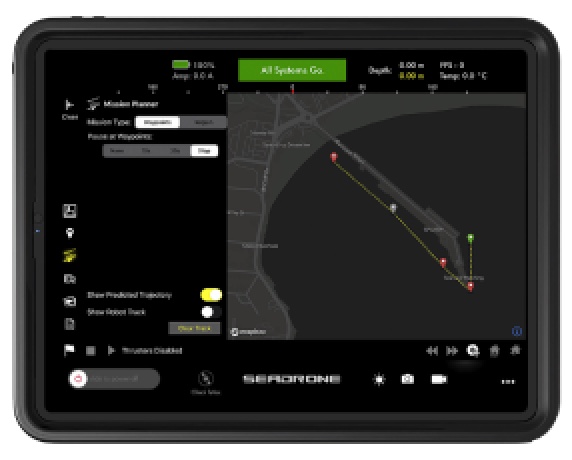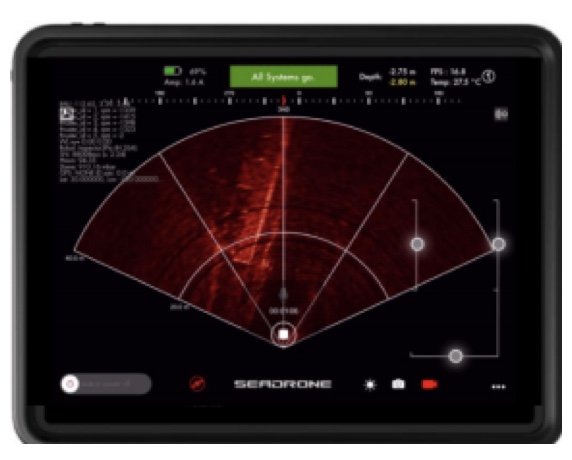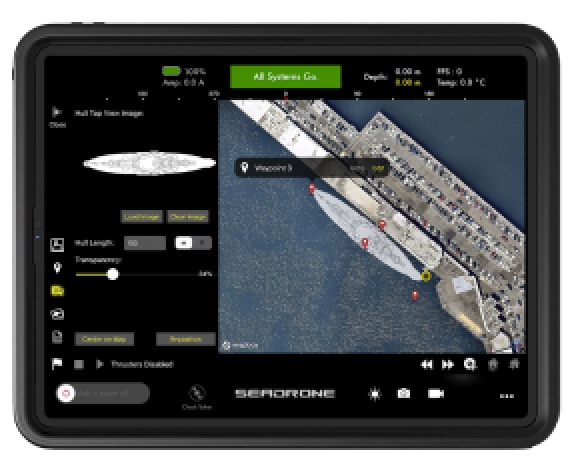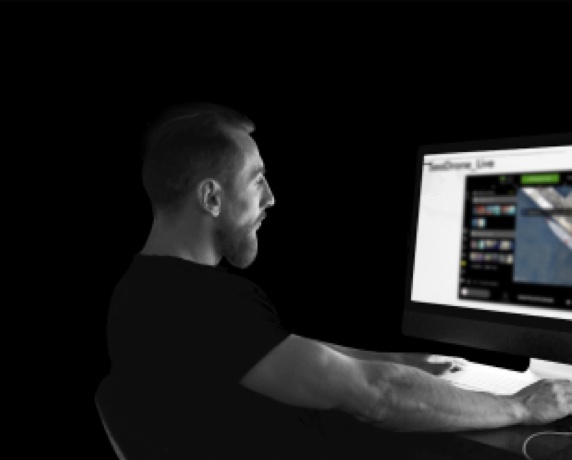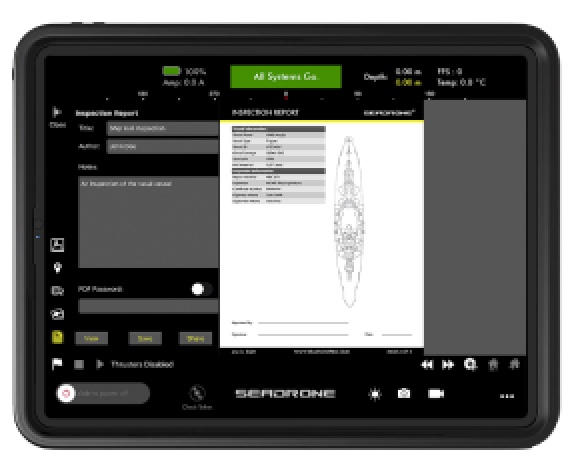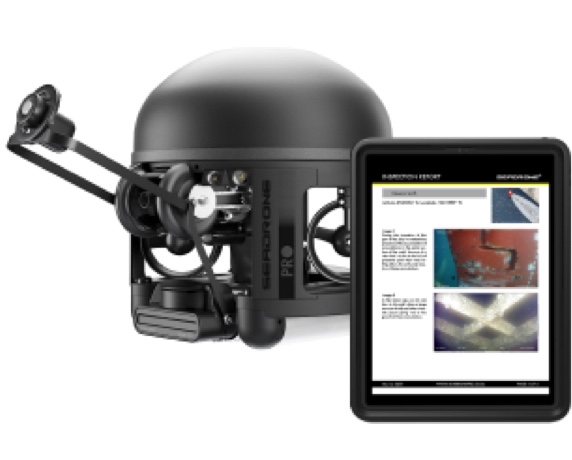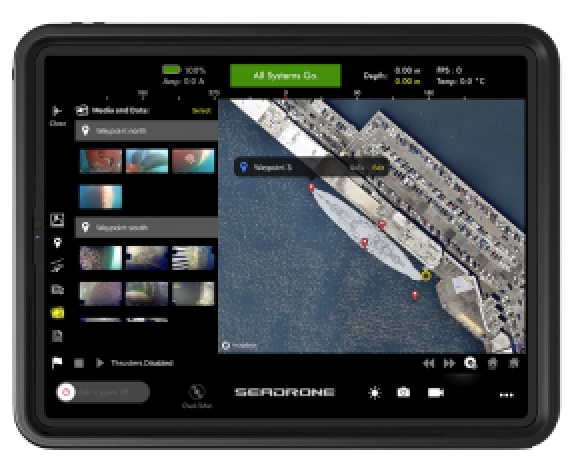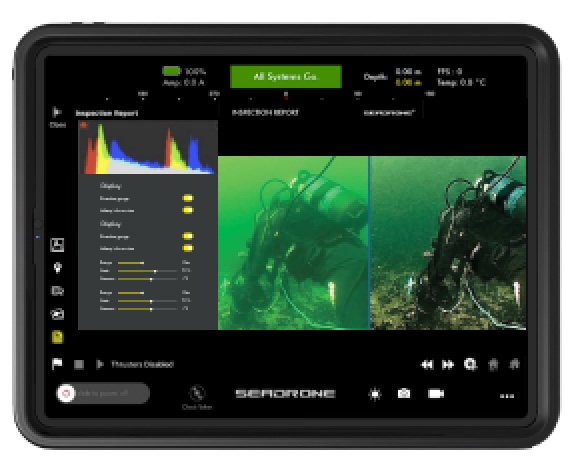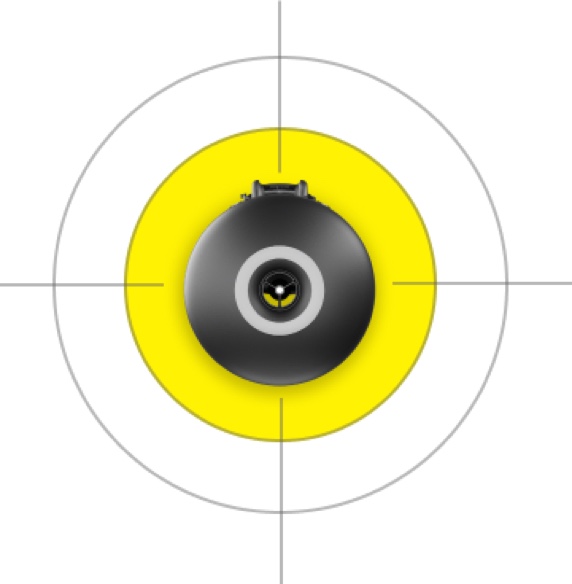How to evaluate which ROV to buy?
Naval drone operator setting up SeaDrone ROV.
The Micro ROV Evaluation Checklist ensures you don’t make a mistake when acquiring your ROV asset.
Buying an ROV can be just as complex as buying a car. They are both investments of thousands of dollars that should last for years, perform reliably, come with great customer service, and be affordable to maintain.
But how do you know whether the ROV will fit into your workflow seamlessly? How can you be sure it will reduce costs, increase efficiency and significantly reduce risk to human life during essential maintenance tasks? You wouldn’t buy a car without first taking a test drive. Why would you buy an ROV without taking a test dive?
We understand that you’re focused on your core business and delivering value to your stakeholders and customers. You may not have 30 years of experience operating ROVs. That’s why we created the following checklist to help you evaluate which ROV to purchase.
Our goal is to help you reduce your risk and, more importantly, to help you acquire the right subsea vehicle for your business needs. So, how do you distinguish one ROV from another? How do you know what criteria to use for your evaluation?
Introducing the ROV Evaluation Checklist
When you’re evaluating an ROV, it’s not enough to ask for a demonstration. Seeing an expert operate the ROV during a demonstration is like seeing a car salesman drive the model car on the showroom floor. Sure, it is possible to understand how the ROV works, but you can’t tell how easy it is to control for new operators or how far the lights project under your specific conditions.
Test Environment
What you really want is to set up a test dive environment where you can get the ROV into the water and control it yourself. This advice comes from Paul Nelson, Commercial Sales Manager at Phoenix International Holdings, Inc., who has over 30 years of experience operating ROVs.
When we asked Paul for advice on how to evaluate ROVs, he said that testing the ROV is a must. To test ROVs, Phoenix sets up an environment where “our operators and technicians can evaluate the system in our 17,000-gallon test tank (12 feet deep),” according to Paul.
Using the test tank, you can see how easy it is to pilot the ROV, how well the lights project, as well as how it moves. “You could simulate current by pushing on it with a stick or pulling on umbilical,” Paul said.
Another factor to consider is what kind of view your inspection covers. For example, are you inspecting:
A wreck in a search and rescue mission?
An open-net pen in an aquaculture inspection?
An oil pipeline for an oil and gas company?
A ship’s hull in a maritime company?
Check Maneuverability
Does the ROV provide the footage and the maneuverability you need for your inspection? This advice comes from Adam Bell, Team Manager of Performance Diagnostics under the Technology Implementation and Delivery department at AkzoNobel.
Adam found that the design of many ROVs that he evaluated were aimed around pipeline inspections or looking at the seabed. Most of the ROVs he tried were not built for looking at a ship’s hull because they were designed to look down rather than at a vertical structure in the water.
Maneuverability was also a concern because most of the ROVs have thrusters in the rear so they are able to move forward and backward easily but can’t go laterally easily.
Download the Checklist
When you’re ready to perform your test dive and evaluate ROVs side by side, you’ll want the Micro ROV Evaluation Checklist to assess the vehicle’s capabilities and controls. The checklist is especially useful if you’re comparing multiple vehicles side-by-side to objectively determine how each ROV fits into your operations.
What’s inside the checklist?
These are the first pages of the checklist you will receive:
Why should you download this checklist?
When your core business is not underwater inspections, it’s not easy to know how to evaluate criteria that are reasonable, appropriate, and relevant when you’re assessing ROVs. To help you get to “good questions” we created the evaluation checklist based on the experience of Adam Bell from AkzoNobel and Paul Nelson from Phoenix, the experts who have been through the process of evaluating ROVs.
For example, you’ll learn that Paul believes that the most important question is to ask “how good are the lights and the camera?” If the ROV cannot capture high-quality footage, then acquiring an ROV is a waste of time. Find more tips in the checklist to ensure you select the right vehicle to help you meet your business objectives faster. Download the Micro ROV Evaluation Checklist today.
If you find the checklist helpful, share it with your coworker and anybody else on your team who is evaluating ROVs.
